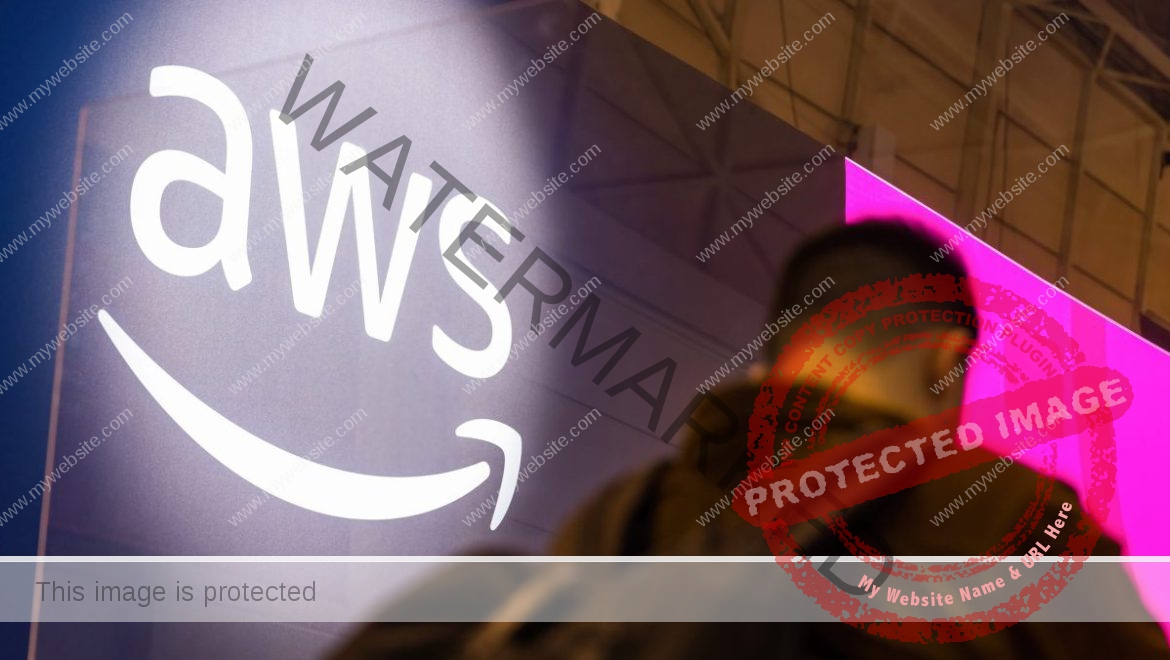After losing their husbands in devastating and unexpected ways, Karine Nissim and Eloise Bune D’Agostino discovered there were no suitable places where people could go to face all the challenges that surface during the grieving process, including daunting tasks such as organizing a funeral ceremony and donating belongings, as well as scouring the internet for support groups.
Being seasoned entrepreneurs themselves—Nissim having sold her startup DogVacay to Rover in 2017 and Bune D’Agostino, who co-founded Tentrr and Handwriting.io—the two widow founders decided to take matters into their own hands and build what they call a “360 healing” platform that provides a range of services and resources to help with grief and other hardships like divorce, illness, and trauma.
Now available on the App Store, Google Play Store, and the web, DayNew is a new grief support platform, social community, educational hub, and task manager app wrapped up into one, user-friendly package. At its core, DayNew aims to be a safe space for users to connect with others, share their stories, and receive support from the community.
“From hospice centers to bereavement groups to online therapy, regular therapists and psychiatrists, to funeral homes to all of the other services, there was not one place that we could go that could hold the whole journey for us,” Nissim told TechCrunch. “So, we set out to create a customized roadmap that is really highly tailored to each person based on their trauma type… When you come to DayNew, we are ready to meet you with organizational, emotional, and social support.”
Some people find it hard to ask for help because they don’t want to feel like a burden to their family and friends. DayNew’s Community feed acts as a dedicated space for users to be direct about what they want from supporters, whether it be money to buy groceries, a place to sell and donate belongings, or a job listing for a babysitter.
“[Eloise and I] got lots of flowers and casseroles. While that’s beautiful, generous and thoughtful, we also got a lot of comments like ‘Whatever you need,’ and we were always ill-equipped on how to answer that or didn’t feel comfortable… The community page takes the ickiness of the ask out. It also takes the ickiness out of the supporters’ side because now they actually know what you need, and they don’t feel like they’re bothering you.” Nissim said.
There’s also a “Find a Buddy” feature for users to get one-on-one support from people who are going through similar tragedies. Users can search for others with the same hashtags in their profiles, including #partnerloss, #parentloss, #cancerloss, #covidloss, and so on.
Similar to other grief support platforms (Grief Refuge, Untangle, and Grief Works), DayNew has a Journal feature where users can vocalize how they feel by either answering prompts or freehanding an entry that speaks from the heart. The company compares the prompts to homework from a therapist, asking tough and thought-provoking questions such as “What’s something about grief you never knew before?” and “What’s something you wish you could tell your younger self?” Depending on comfort level, the journal entry can be kept private or shared publicly on the Community feed.
Additionally, there’s a daily mood tracker component for users to check in with themselves and log their moods on a scale of 1 to 10.
DayNew offers various other features to assist users throughout their journey, including personalized lists for users to check off overwhelming tasks (sell assets, get life insurance, apply for widow social security benefits, and so on) at their own pace, a ChatGPT-powered AI tool that provides emotional advice, and a “Learn & Grow” page with educational and motivational content.
Nissim explained that the platform is also launching virtual workshops and in-person events to bring people together and teach them the benefits of “grounding and meditation” in order to promote healing. The online classes cost around $36 and feature special guests like experts, scientists, and psychologists. The first session is on May 21 and will be hosted by the founders themselves. In mid-July, there will be an in-person retreat in Mexico for about $1,800.
In the next iteration of the platform, DayNew plans to introduce a gifting feature where friends and family members can purchase classes to give to a loved one.
DayNew is free to join but it also offers a $5 per month subscription for users who want to access premium features, including the “Find a Buddy” service, direct messages, and being able to comment on public community posts.
In the digital age, users are embracing grief-related products and services to cope with death. What once was considered a taboo topic, grievers can now openly discuss loss and be reassured that they’re not alone. However, it’s important to realize that these services shouldn’t replace proper therapy and counseling but should act as an additional outlet to express their feelings.

















